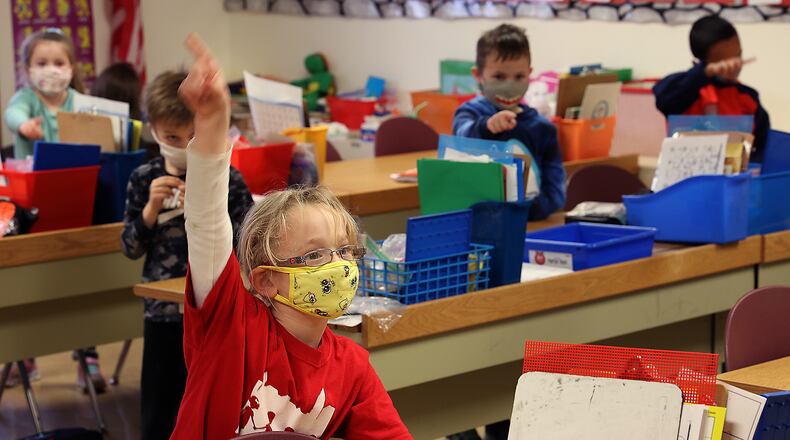“Each child deserves the opportunity to live up to his or her full, God-given potential,” DeWine said previously. “We cannot allow this pandemic to get in the way of their ability to flourish and to thrive.”
Students in the Springfield City School District had the option of attending classes in-person throughout the year or going 100% virtual. The district identified that literacy and social and emotional learning as critical areas of need.
According to the plan, the district’s approach to identifying and addressing these needs include a theme based summer enrichment camp - to include art, STEM, entrepreneurship and athletics - with a literacy focus. There will also be a high school summer school for credit recovery as well as an elementary summer school.
Springfield plans to use federal COVID relief funding to address the learning loss through the summer enrichment programs as well as other strategies associated with their plan, according to Superintendent Bob Hill.
Schools in Clark and Champaign counties are receiving about $24 million in Elementary and Secondary School Emergency Relief money (ESSER 2) from the second COVID relief bill that became law in December.
As of last week, the Ohio Department of Educated posted links to nearly 580 extended learning plans, out of roughly 1,000 entities, that had been submitted by school districts, charter schools and career tech centers statewide by the April 1 deadline.
Tecumseh Local Schools has submitted its plan, and although it’s not listed on the state website, it is available on the district website, according to Superintendent Paula Crew.
Tecumseh students have been learning online, in hybrid and in person throughout the year. The district identified their students need support in academics as well at the area of mental health and social and emotional learning. One area of the plan includes offering a six-week Summer Learning Program for identified students in grades K-12.
“At the elementary and middle school level, the academic focus is centered around reading, writing and math instruction. The goal is to help reduce gaps in learning in these areas for our students with the greatest gaps and/or students who experienced the highest learning loss during this past year as evidenced by the district progress monitoring tools and teacher input,” said Crew.
“At the high school, the program will provide various learning camps designed to close learning gaps, prepare students for the 2021-22 school year, explore topics of interest, complete pathways to graduation and/or credit recovery,” Crew added.
The summer learning program, which will also continue to be used as intervention during the regular school year, will embed elements of social and emotional learning support as well as academic strategies. In addition to teachers and instructional support staff, guidance counselors and mental health services will be available during the summer learning program, Crew said.
The in-person program will prioritize low achievement and low growth students. Other students in that area will qualify for the virtual summer school program. The district plans to use some of their ESSER 2 funds to financially support their learning recovery plan as well as their summer learning efforts.
Other schools that will have extended summer learning and mental health options in their plans include Clark-Shawnee, Greenon, Graham, Northeastern, Mechanicsburg Exempted Village, Southeastern, Triad and Urbana City schools.
About the Author

